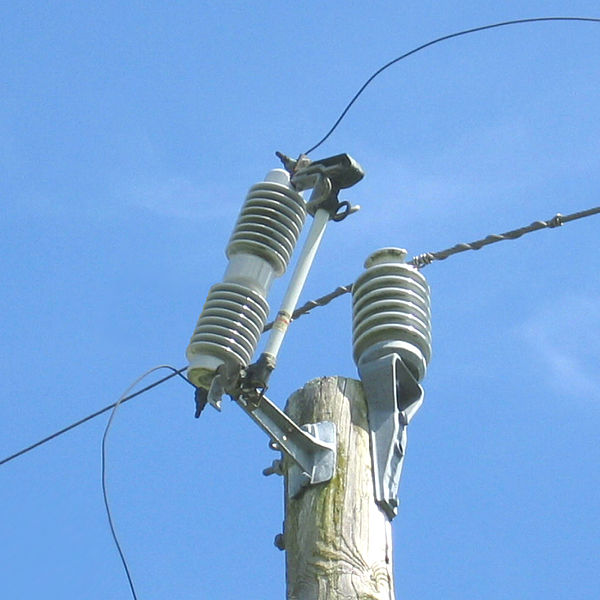We are working on a project where the Utility delivers primary voltage to a complex via overhead. Then hits a couple utility transformer banks and normal 480V service entrances. One phase of the primary line (7200v L-G) however also hits an aerial cutout then continues on overhead for about a mile where it hits a pole mounted 10KVA 120/240v transformer. This aerial phase in question is metered at the cutout and the aerial distribution is owned by the owner the rest of the way (the 1 mile). Off this transformer are a couple small buildings. Our project involves upgrading one of the building meaning we will need to maybe change the transformer.
My question is, the service should end at the cutout where the meter is and that is where the ground should be established I would think, correct? However, there is no ground operated service disconnect per say. At the building we are upgrading, we should take to the transformer the 2 phases, the ground , and the neutral, correct? However the primary aerial distribution does not appear to be set up this way. It appears to be set up like a utility owned system where we would take the 2 phases and the neutral to the 10KVA transformer and establish the ground at the building we are working on.
Just trying to make some sense of all this. The Utility company is a co-op. They had asked the Owner to take over the primary line in question, but the Owner does not want to hand it over.
My question is, the service should end at the cutout where the meter is and that is where the ground should be established I would think, correct? However, there is no ground operated service disconnect per say. At the building we are upgrading, we should take to the transformer the 2 phases, the ground , and the neutral, correct? However the primary aerial distribution does not appear to be set up this way. It appears to be set up like a utility owned system where we would take the 2 phases and the neutral to the 10KVA transformer and establish the ground at the building we are working on.
Just trying to make some sense of all this. The Utility company is a co-op. They had asked the Owner to take over the primary line in question, but the Owner does not want to hand it over.

